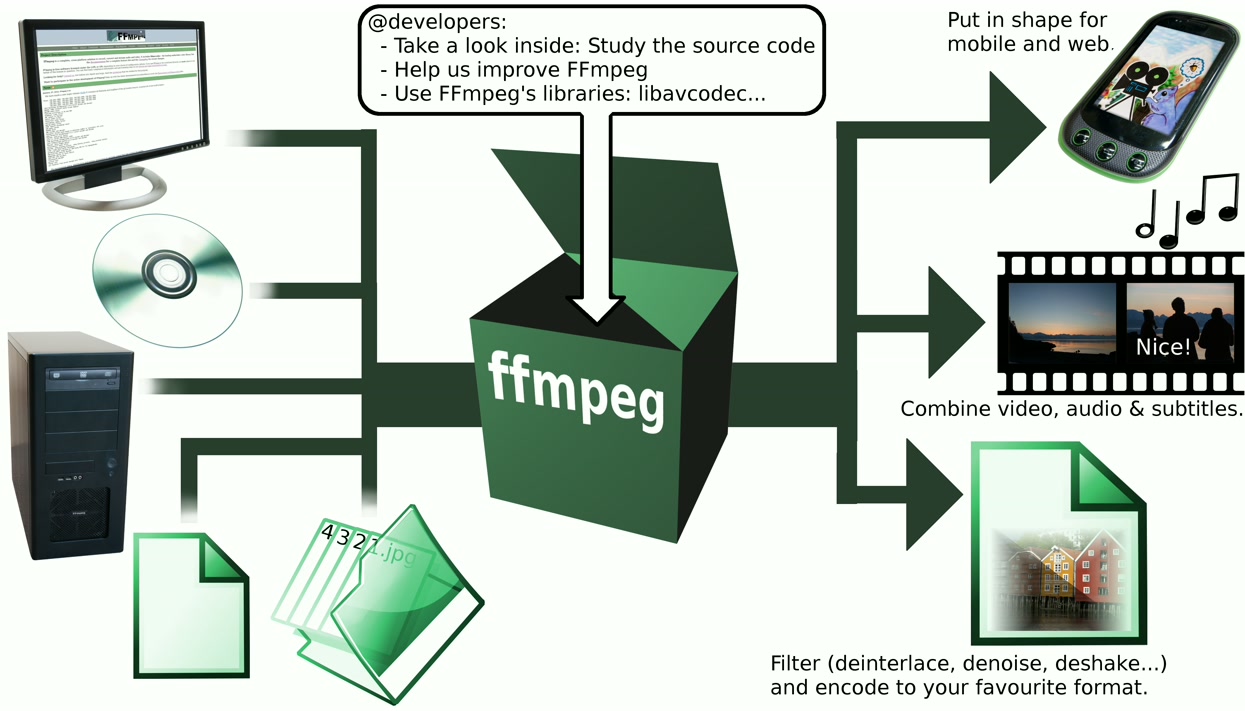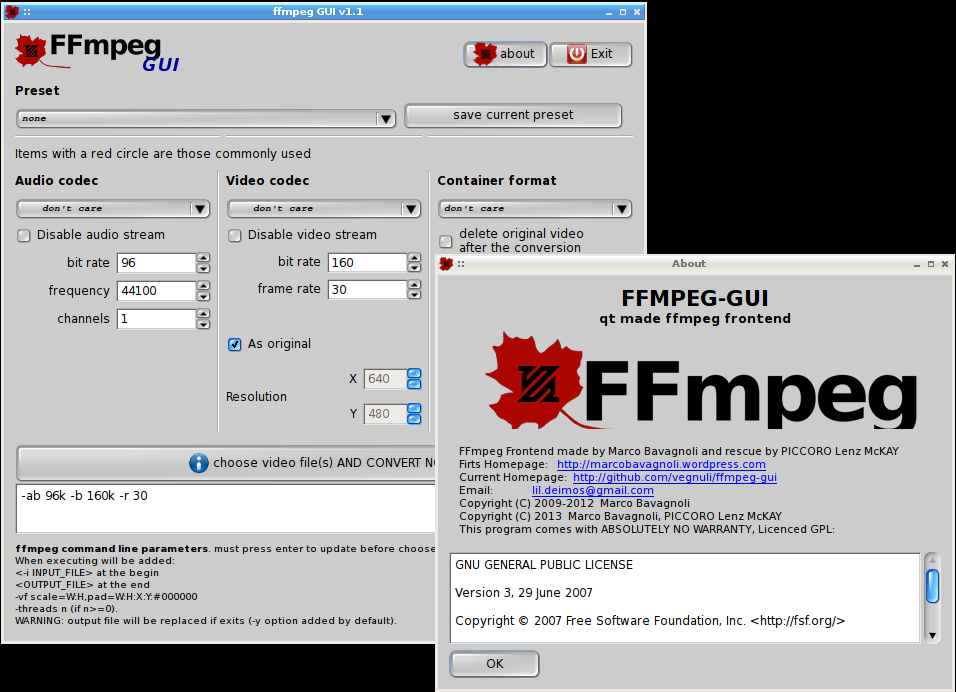

This consisted 47 faces/images, played one image per frame. I’ve slowed the above video down so you can see each frame, but if you want the original video you can download it here. The first step in making the morphed video was making original speed video. Nonetheless I mixed and matched settings until I produced something close to my liking. There’s lots of options which have descriptions on how they work but I didn’t really understand what results they would produce. Going through FFmpeg’s minterpolate options was quite daunting at first. I actually first came across FFmpeg’s motion interpolation options sometime in late 2018, but only really cemented my understanding of how to use it in making Let’s Never Meet. I’m already very familiar with how FFmpeg works and feel it can be relied to work an be developed in the future. Pretty much all my artworks use FFmpeg at some point, whether as the final stage in compiling a Blender render or as the backend to a video editor or video converter.


Sadly it seems impossible to install on Linux. It doesn’t have a native GUI but it has a nice set of command line options.

Butterflowīutterflow is another software for motion interpolation. So, I needed something that would reliably work on a CPU and produced similar if not same visual results as slomoVideo. no GPU), which makes using slomoVideo practically impractical. Occasionally I find myself working on a machine that only has integrated graphics (i.e. However, development on it seems kinda slow and, most importantly, it requires a GPU. What I like about it is being able to vary the speed and that it has a GUI. I used this previously for the background images in the Visually Similar Artwork.įor Let’s Never Meet I did consider using slomoVideo again. SlowmoVideo is an open source application which allows you to vary the speed of a video clip over time. If, like me, you only use open source software there are a few options but they’re not integrated within a general post processing or video editing GUI. Motion interpolation or motion-compensated frame interpolation (MCFI) is a form of video processing in which intermediate animation frames are generated between existing ones by means of interpolation, in an attempt to make animation more fluid, to compensate for display motion blur, and for fake slow motion effects.įor those that use proprietary software there’s a few that can do this, including Twixtor and After Effects. Here’s what Wikipedia has to say about motion interpolation. To make the faces morph I used motion interpolation to morph between each face. These faces continue to morph between lots of different faces, suggesting that when getting to know people you can never really settle on who they are. Towards the end of the Let’s Never Meet video the robotic faces slowly morph into something a little bit more human-like.


 0 kommentar(er)
0 kommentar(er)
